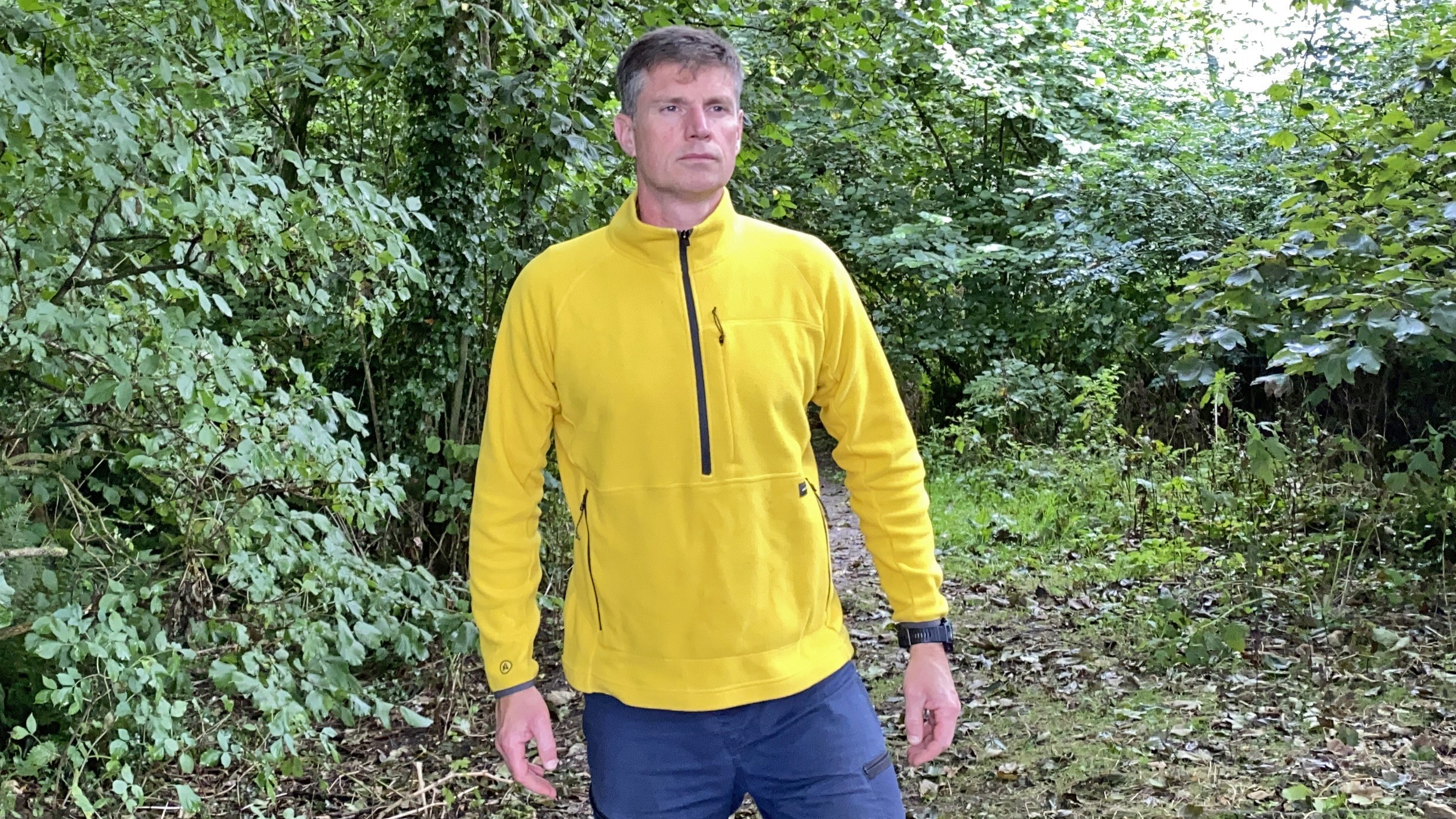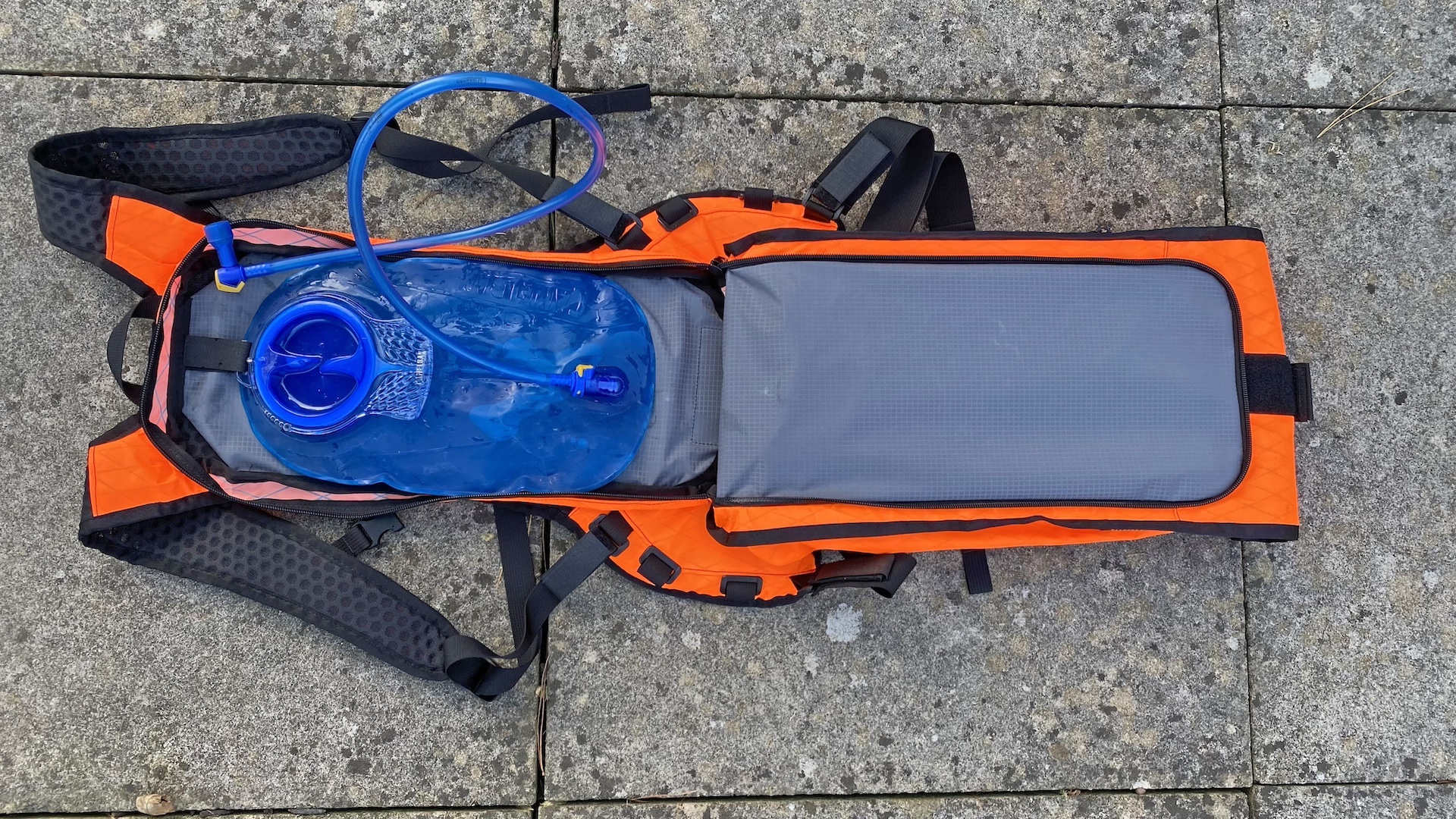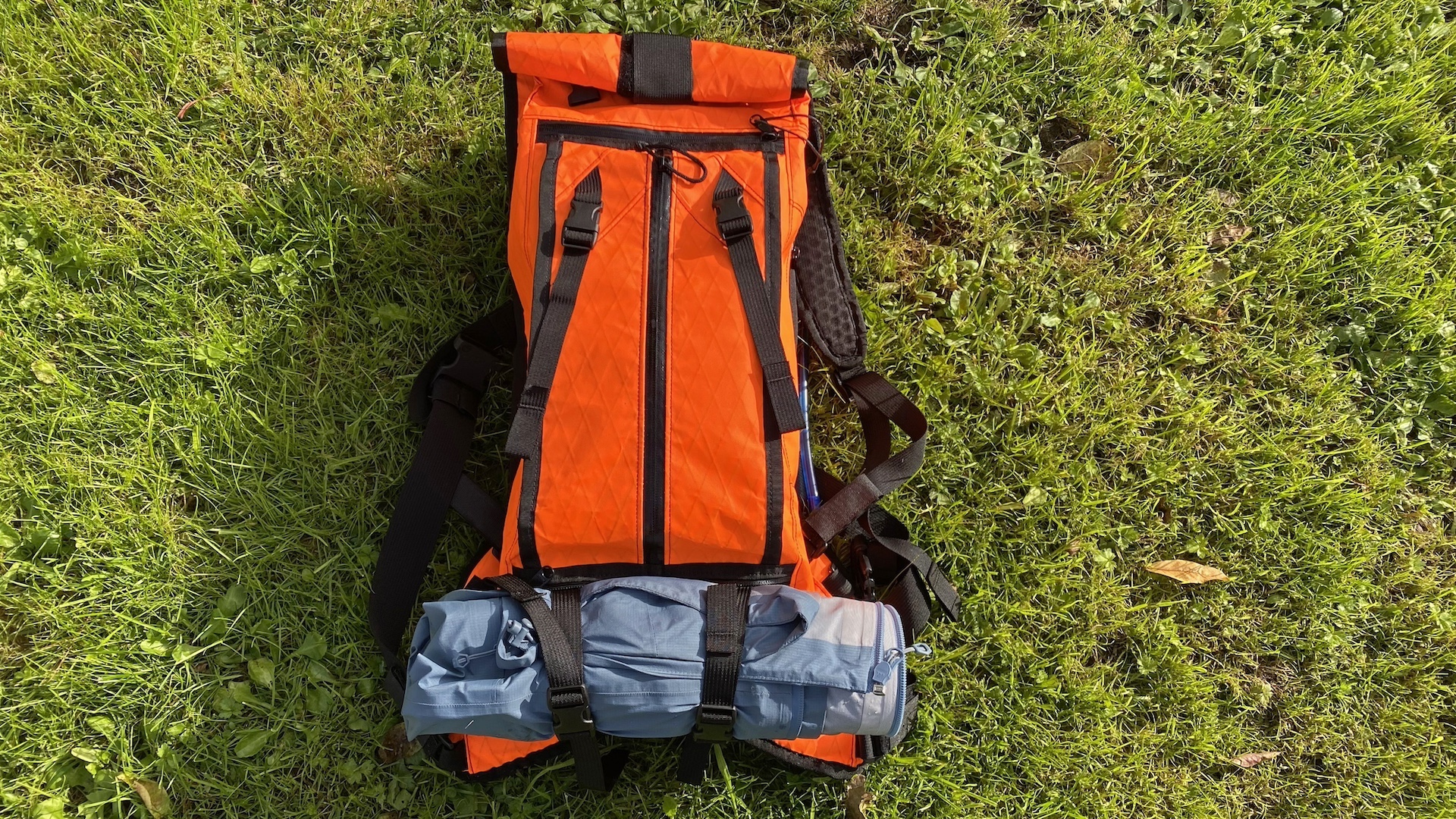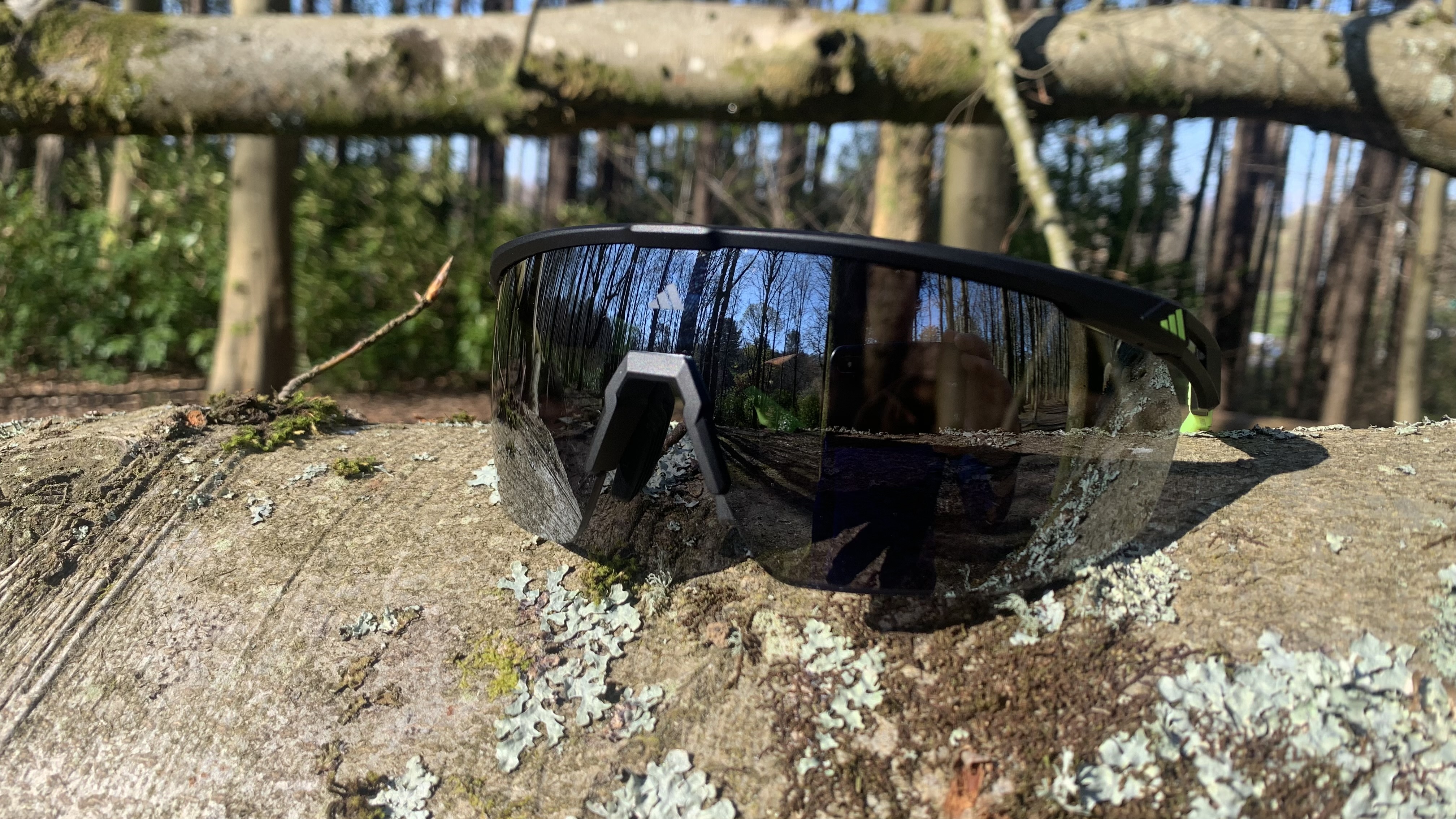Advnture Verdict
This is not a cheap pack by any stretch of the imagination – especially for its fairly diminutive size – but it’s made to last and it’s up for anything. The Hauser can be used while you’re biking, hiking, scrambling, clambering and paddling through all sorts of terrain and in any conditions, while still offering comprehensive protection for whatever you choose to put in it. The pack has some funky features, is highly adjustable and – probably most importantly – offers a hands-free hydration system with an excellent compartment for any sort of bladder/reservoir.
Pros
- +
100% waterproof
- +
Excellent reservoir compartment, which works with various hydration bladders
- +
Very versatile
- +
Plenty of pockets
- +
Highly adjustable
- +
Breathable back
- +
Internal tool roll included
Cons
- -
Limited storage in the main compartment
- -
Cluttered design
- -
Pricey
You can trust Advnture
Meet the reviewer

Pat has hiked all over the world, his adventures taking him to Mont Blanc, the roof of Western Europe; the Norwegian Alps; the highest peaks in Australia; and New Zealand’s Great Walks – among others. He’s an experienced tester of hiking footwear and gives each pair a thorough thrashing before reviewing.
Mission Workshop Hauser 10L: first impressions

The Mission Workshop Hauser 10L hydration pack might have been made with bikepacking and trail riding in mind, but this robust, fully waterproof bag looked ideal for a range of other outdoor adventure activities to me – including wet-weather hiking (something we’d all better get used to doing more often), skiing and snowboarding, canyoneering, scrambling, low-level coasteering and even paddleboarding. So I was keen to put this versatility to test.
It’s important to point out that, unlike most of the hydration packs we feature on advnture, the Hauser isn’t a bag specifically designed for trail running – you can run with it, but it’s more robust and heavier than run-specific hydro packs, and you carry all the fluids in a bladder centrally located on your back, which won’t suit many runners. Instead, it sits somewhere between a hiking daypack, a hydration vest, a bikepacking bag and a ski pack.
Mission Workshop Hauser 10L: design and materials

The Hauser has a pretty modest internal carry capacity (10 liters), but it’s not intended to be taken out on multi-day missions, and if anything, this can be seen as a positive. It means the pack maintains a low profile on your back, and you’re not tempted into trying to haul too much unnecessary stuff around. There’s also plenty of external carry capacity. The pack is available in a multitude of colors, and three different fabrics: Dimension Polyant X-Pac, HT500 and MultiCam-Black Cordura.
• List price: $270 (US) / £260 (UK) / $440 (AU)
• Weight (empty): 850g / 1.9lb
• External dimensions: 21.5cm x 51cm x 13cm / 8.5in x 20in x 5in
• Materials: body: Dimension Polyant X-Pac / HT500 nylon / MultiCam-Black Cordura; liner: 210 Ripstop nylon with TPU
• Internal Volume: 10L / 610 cu in
• Liquid capacity: Compatible with most reservoirs up to three liters
• Fit: Unisex
• Harness sizes: One size, with three belt settings
• Colors: Orange / Yellow / Black / Gray / Coyote / Olive / Dark Camo
• Compatibility: All-conditions day hikes, bikepacking, mountain biking, commuting, canyoning, coasteering, wild swimming
The main compartment of the pack can be rolled shut and secured with a Velcro strap, or folded and clipped down over the pocket zips, for extra insurance against the elements. The Hauser has various hoops, loops and straps for attaching a helmet, pads or a bike lock, but these can easily be repurposed to help you carry other bits of outdoor kit for different pursuits (climbing helmets, snorkeling gear, rope – whatever).
There are three front pockets on this pack (and a fourth on the side). The largest has a vertical zip and comes compete with an internal tool rollbag (again, you can use this to organize other, non-bike-related gear and gadgets, or just dispense with it altogether – it’s not attached to the body of the bag). The front pouch is large enough, just, to take wet weather gear like a waterproof jacket and rain pants, while the other pockets – all of which zip shut – are small, and can only really be used to carry items such as gloves, beanies, sunglasses and snacks. However, the lower pocket also features straps with buckles that you can use to attach items that don’t fit inside the main compartment to the outside of the bag (for wet weather gear, for example – especially when it’s damp).
There are no side pouches for water bottles, of course, because this is primarily positioned as a hydration pack, and as such it has a really substantial compartment that sits behind the back panel and the main section of the bag, which zips fully open to make it really easy to insert your hydration bladder / reservoir of choice.

The Hauser can accommodate various sized bladders, up to three liters in capacity, and it works with different designs of reservoir from brands including CamelBak, HydraPak, Platypus and Nalgene & Osprey. There’s a dedicated Velcro hook for hanging the bladder and keeping it vertical, and hose ports lead out over both the left and right shoulder, to give you options. A corresponding hose hook / clip is found on both shoulder straps too, so you can keep things neat and tidy.
The pack comes in just one size, but the sternum belt slides up and down on the shoulder straps, and there are three different settings for positioning the waist belt, so you can adjust the harness according to the requirements of the person wearing it, or to best suit the activity you’re engaging in. Both the back panel and the shoulder straps are made with Perforated Ariaprene to enable airflow and cut down on sweatiness. At the top of the pack there’s a sturdy grab handle.
Mission Workshop Hauser 10L: on the trails

The Hauser is ideal for wearing while you’re spending a full day riding trails, or to take on bikepacking adventures as a hydration pack when your frame is fully loaded with everything else, leaving no room for a water bottle cage. I love the low-profile design, which helps me pack sensibly and not overload the bag, so I can keep my center of gravity low and stay balanced, and it’s easy to wipe down and keep clean after you’ve had some filthy fun.
However, I’ve been using the Hauser while hiking just as often (if not more) than when I’ve been biking. The all-conditions protection it offers makes it great as a pack for carrying a camera and other photography gear when the weather is at its worst. I’ve also been employing this bag pack as low-profile daypack and hydration solution when I’ve been scrambling around canyons and waterfalls, as I have been recently (great Fall fun).
The compartment for the hydration bladder is the best I’ve encountered on any of the many packs I’ve tested over recent years – the fact it zips fully open means you can position the bladder perfectly, whether you’re loading it full or empty, and the Velcro hook is nice and sturdy. It’s also easy to refill the reservoir when required.

The harness is comfortable enough, without being especially spectacular – it does the job it’s designed to do, and doesn’t rub, but it’s not as sumptuously comfortable as the harness on, say, an Osprey pack (but then it’s not intended for huge, long escapades).
I’m not convinced by the three position options it offers for the waist belt – I get that this makes it a one-size-fits-all pack, but I don’t thing this is the smartest way to achieve this, because you’re left with redundant clips that add to the already busy look of the bag.
My main quibble is that a couple of the pockets are too small to be of much use, and the design seems a little cluttered, with a few features that defy any real functional value and just get in the way. Overall, however, it’s a small but versatile bag, and it has been built to last, and to really protect whatever kit you put in it.


Author of Caving, Canyoning, Coasteering…, a recently released book about all kinds of outdoor adventures around Britain, Pat has spent 20 years pursuing stories involving boots, bikes, boats, beers and bruises. En route he’s canoed Canada’s Yukon River, climbed Mont Blanc and Kilimanjaro, skied and mountain biked through the Norwegian Alps, run an ultra across the roof of Mauritius, and set short-lived records for trail-running Australia’s highest peaks and New Zealand’s Great Walks. He’s authored walking guides to Devon and Dorset, and once wrote a whole book about Toilets for Lonely Planet. Follow Pat’s escapades on Strava here and Instagram here.

